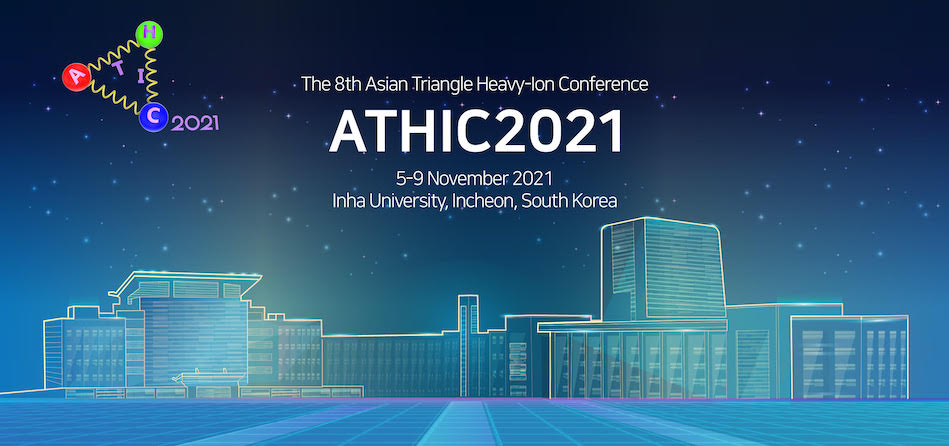Speaker
Description
Hydrodynamics-based frameworks have been developed as powerful tools to extract properties of the quark-gluon plasma (QGP) from experimental data of relativistic heavy-ion collisions at RHIC and LHC. Although significant developments have been made so far, hydrodynamics-based frameworks still have open issues to be resolved. First, energy and momentum of incoming nuclei are not respected in initial conditions of hydrodynamics. Second, their application is limited to matter close to local equilibrium. Reconciliation of these issues is indispensable for the accurate extraction of QGP properties from comparisons between experimental data and hydrodynamics-based frameworks.
We develop the dynamical core--corona initialization framework (DCCI2) to resolve these open issues [1-3]. We model that QGP fluids are generated from initial partons obtained from PYTHIA [4] which reflect total energy and momentum of incoming nuclei. This dynamical initialization is formulated to strictly satisfy the energy-momentum conservation. Based on the core--corona picture, partons with sufficient secondary scatterings tend to deposit their energy-momentum and generate QGP fluids (core) as equilibrated matter. In contrast, partons with less secondary scatterings tend to survive as non-equilibrated matter (corona). By treating both equilibrated QGP fluids and non-equilibrated matter, we extend the application of this framework not only from low to high $p_T$ but also from heavy-ion collisions to small colliding systems.
In this talk, we reveal the fraction of core and corona contributions in final hadron yield in p--p and Pb--Pb collisions. The core contribution overtakes corona one at $\langle dN/d\eta \rangle_{|\eta|<0.5} \sim 18$ regardless of collision systems and energies. Through the interplay between core and corona components, the DCCI2 describes the behavior of strangeness enhancement reported from the ALICE Collaboration in p--p and Pb--Pb collisions. We also discuss that non-negligible corona contribution appears at low $p_T$ in Pb--Pb collisions, which behaves as a non-equilibrium correction to pure hydro results in $\langle p_T \rangle$ and $v_2\{2\}$. Through these analyses, we put an emphasis on importance of the corona contribution in extraction of the QGP properties from the experimental data.
[1] Y.~Kanakubo, M.~Okai, Y.~Tachibana, and T.~Hirano, PTEP 2018, 121D01 (2018).
[2] Y.~Kanakubo, Y.~Tachibana, and T.~Hirano, Phys.~Rev.~C101, 024912 (2020).
[3] Y.~Kanakubo, Y.~Tachibana, and T.~Hirano, arXiv:2108.07943 [nucl-th].
[4] T. Sj\"{o}strand, S. Mrenna, and P. Z. Skands, Comput.
Phys. Commun. 178, 852 (2008).
